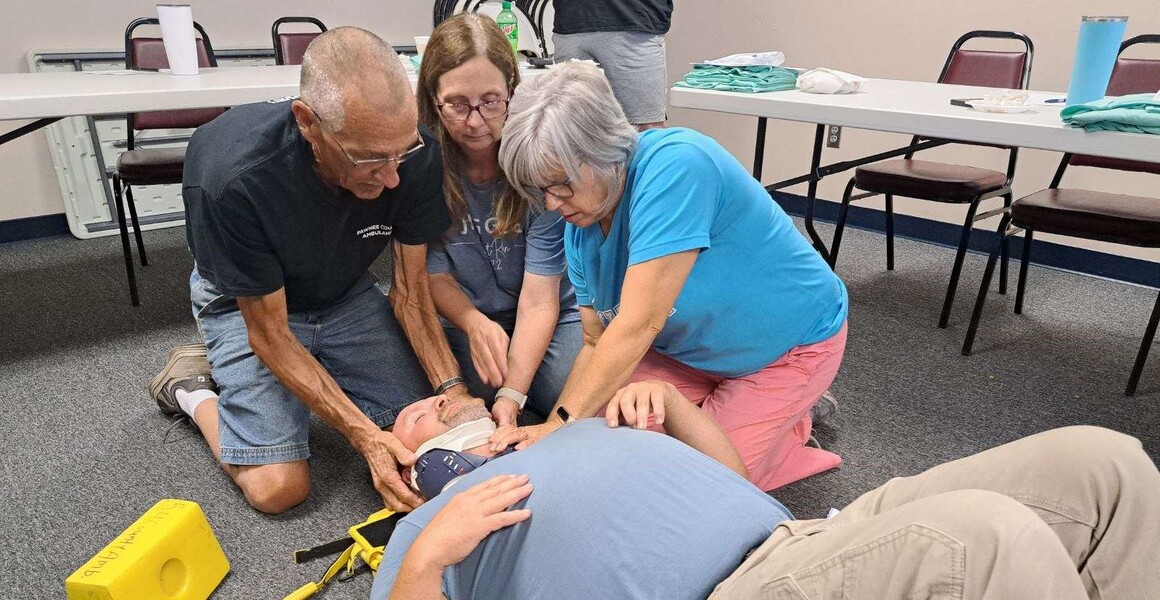Migraines
By Dr. Kent Niss
Migraines are a frustrating part of life and most people will experience a migraine at some point in their life whether it be recurrent or not. There are several different types of migraines that can occur. Today we will talk about common migraines that are your typical migraine. Please keep in mind that there are several different variances to these, however discussing each of these different variance would take quite some time.
What is a migraine: Migraines are a type of headache that is often rather intense, unilateral (1 sided), pounding or pulsating, it can have additional symptoms such as nausea and vomiting, sensitivity to light and sound, and even difficulty concentrating. It is very important to know the difference between a migraine and a tension type headache. Tension-type headaches are much more common and are described as a band like area of pain across the forehead usually wrapping around the sides to the back of your head. Notice that migraines are different in that they are unilateral and usually in a single position or point.
Occasionally people may have what is called an aura with their migraine. This is something of a warning sign of a migraine that is to come. This may involve some blurriness at the edges of their vision, changes in colors that you see or even some subtle flashing lights that you may see in your vision. Some people have an aura that is more sensory exhibiting a pins and needle sensation or some slight muscle weakness. Usually, an aura lasts approximately 30 minutes prior to the initiation of the pain of a migraine. Migraines are most commonly caused by changes and certain chemicals within your brain and body but also changes in sizes of blood vessels particularly in the brain. One of the chemicals that seems to commonly be abnormal or out of range in people who have frequent migraines is serotonin. Serotonin can in turn cause constriction or dilation of blood vessels. When there are low amounts of serotonin this can cause dilation of blood vessels which could in turn cause some slight leaking from the blood vessels leading to pain. This is the most widely accepted theory on how migraines are caused. Therefore, several of our medication interventions revolved around management of serotonin and blood vessel constriction.
There are lots of things that can cause migraines other than the biochemistry explained above. These include family history of migraines, being female, younger age (teenage up to 40 years old), however there can also be certain triggers such as hormone changes, stress, or particular foods or drinks or even loud noises or bright lights. Some people also experience migraines when they are sick, such as with influenza or other viral illnesses.
Diagnosing migraines is based on your symptoms. There are no true lab tests or imaging tests that can determine if you are having migraines or not. Sometimes in lab work or imaging we can see structural or biochemical causes of migraines however this is more the rarity. More often than not the best aid and helping with diagnosing migraines is to keep a journal or a log of your migraines you are experiencing. These can help with recalling all the symptoms and timeline that is involved with them. However sometimes migraines can be mimicking other more concerning things and therefore if you are having any of the symptoms that we discussed above it is very important to follow up with your primary care provider to discuss them.
The treatment of migraines is vast and has changed significantly over the last several years. In general, we think about treating and managing migraines in three separate categories: avoidance of triggers, abortive therapy and preventive therapy. Avoidance of triggers, although sometimes the most straightforward solution is not the easiest, as not all migraines are caused by a particular single trigger. However, this is where doing a migraine journal or log can be very helpful as you can observe trends in patterns prior to and during your migraines. The second step is cold abortive therapy. This simply means that once you notice a migraine is starting or you feel your aura coming on you take a medication to stop the migraines before it becomes unbearable. Most of these medications revolve around two separate areas: anti-inflammatories and constriction of blood vessels. Anti-inflammatories or medications such as ibuprofen, aspirin or the brand drug Excedrin. There are several basal constricting (constriction of blood vessels) agents that can be helpful as well. Most people who have had migraines are familiar with medications that end in “triptans”. These triptans are the most commonly used abortive therapy that’s prescribed. However, use of medications that you can get over-the-counter such as Excedrin (NSAID and caffeine) can also be very beneficial. There are newer medications called CG RP inhibitors. These are both useful in abortive therapy as well as preventative therapy. There are a wide range of medications that are used to help prevent migraines. The only caveat with these are that they need to be taken daily whether you are having migraines or not. The goal of these medications are to reduce your number of migraine days in total. In general, we think a medication is beneficial if it decreases your number of migraine days per month by half or more. These medications include some blood pressure agents (propranolol, anti-seizure medications, antidepressants and even the CG RP inhibitors mentioned above.
As you can see there are many methods of managing migraines and your primary care provider can help you navigate what is the best treatment plan for you! All without seeing a specialist. At this time there is not perfect treatments for migraines, however, as more treatments become available the more options we have. If you are someone who has frequent migraines that prevent you from doing what you desire doing day to day, then please reach out to your primary care provider and begin the discussion of how to best manage your migraines.










